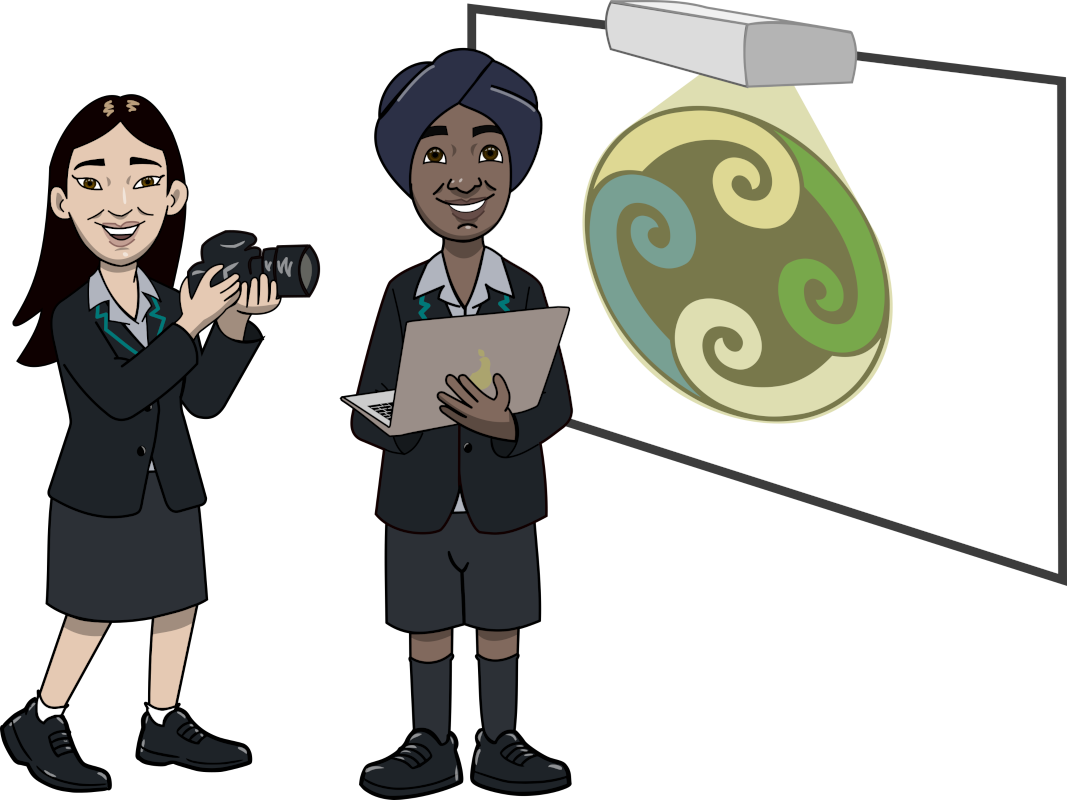Term 4 Week 4
Section outline
-
EXPLORE / TŪHURA learning intentions:
- We are EXPLORING a film study to communicate ideas and information for a range of purposes and audiences.
- We are EXPLORING how to use language features to create specific effects in our writing.
I am an active learner as I know what I need to learn, where I am with that learning and what my next learning steps are:
- Emerging:
- I know what I am learning and why
- I can use evidence to identify where I am with my learning
- I can use evidence to identify my next learning steps
- Growing:
- I can describe what I am learning and why, using our shared language for learning; GREAT Ako
- I can use evidence to describe where I am with my learning
- I can use evidence to plan and take my next learning steps
MHJC GREAT Learner Learning to Learn / Ako: Digital Literacy

Learning Intentions:
- Students will be able to analyze and interpret a film.
- Students will be able to write a critical response to a film.
- Students will be able to communicate their ideas about film in a clear and concise manner.
Success Criteria:
- Students can identify the key elements of a film, such as plot, character, setting, theme, and cinematography.
- Students can explain how the different elements of a film work together to create a unified whole.
- Students can analyze and interpret the film's meaning and significance.
- Students can write a critical response to the film that is well-organized and well-argued.
- Students can communicate their ideas about film in a clear and concise manner, using appropriate language and grammar.
MOKOPUNA
Writer/director Ainsley Gardiner weaves this story about Mary and Sam. Mary lives in middle-class suburban New Zealand. After befriending a Māori boy at her school, Mary becomes curious about Sam’s culture and its relevance to her. Mary has a Māori father and Pākehā mother, while Sam lives with his Māori nan. Mary is intrigued by Sam and his culture, and by beginning to enquire about him, she begins to ask questions about herself. But when Sam turns his curiosity onto her, it soon becomes clear that Mary is not quite ready to embrace her own roots.

Learning activities:
Exploring Character Question:
- What defining features make people the same or different?
- Although these two children are at the same school, they don’t seem to know each
other very well. Why do you think that might be?
- What is it about this boy that makes Mary so curious?
- Do you think those characters are mostly the same or mostly different? Make a double
bubble map to compare the two characters.
- Are the two main characters treated the same at school? Why do you think this would be?
- Do you think their culture plays a part in this? Is it important we learn about our cultural heritage? Why do you think this?
- Where do we learn about our cultural heritage – at school, at home, at other places?
- Who do you think had a better understanding of their culture and the culture of others in this story? Did any character seem to show this?
- What do we know about our own culture?
